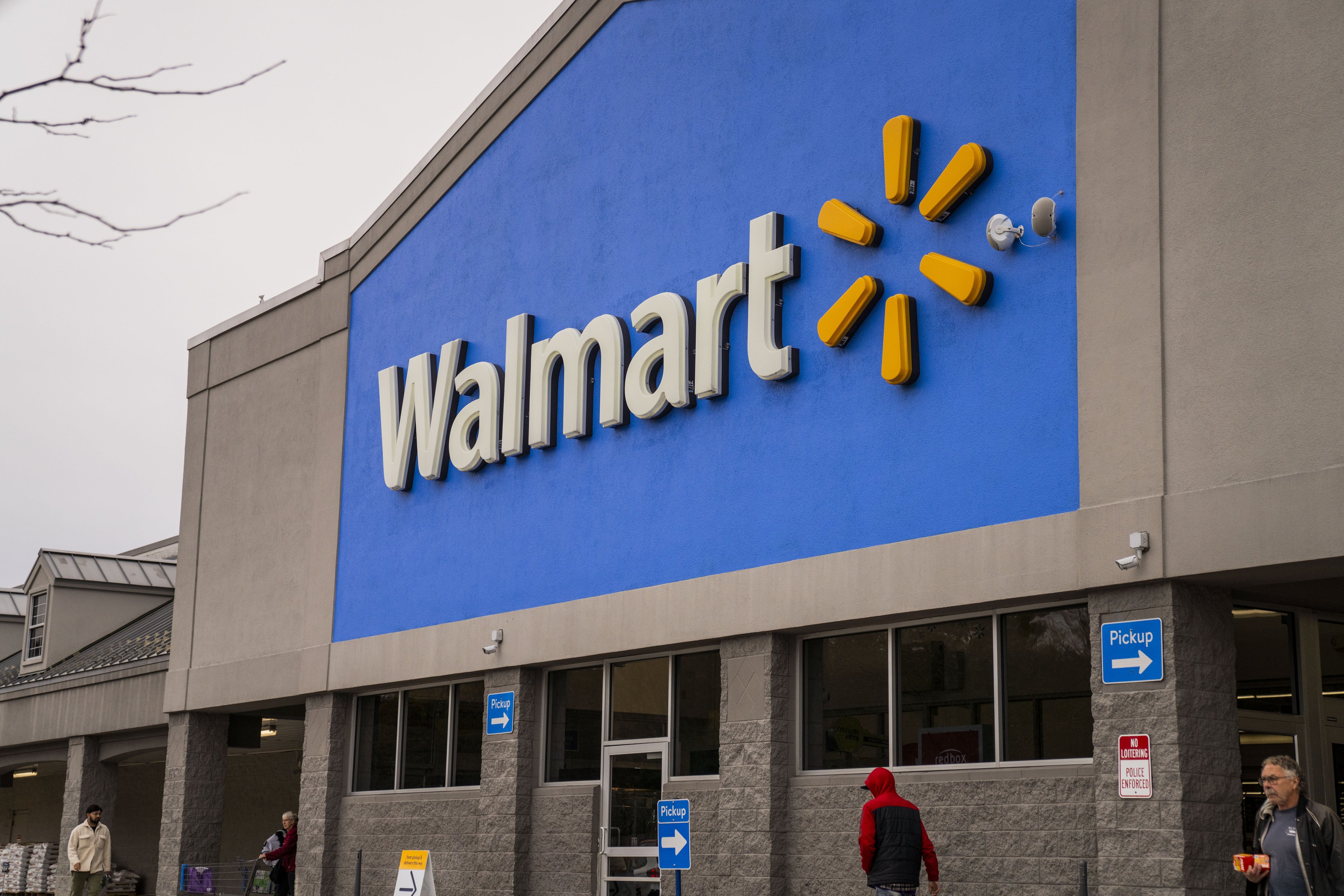Wal-Mart (WMT 1.17%) and Amazon.com (AMZN +0.01%) sit alone atop the retail heap, and the two companies are pulling out all the stops as they get set to compete for customers this holiday season.
Already Wal-Mart has announced that it will be making Black Friday a five-day event that tellingly kicks off online on Thanksgiving morning. Amazon has decided to not even wait for the holiday, which traditionally marks the start of the Christmas shopping season. Instead, the online retailer began its "Black Friday" deals Nov. 1.
Before the turkey has even gone into the oven, the two companies are swinging at each other like Rocky and Apollo, with Wal-Mart offering the latest knockout attempt: It has authorized managers to meet Amazon's pricing. That makes something that has been happening in many cases an official policy.
"About half of the stores were doing it anyway," Wal-Mart CEO Greg Foran said on a call with media following the reporting of its quarterly results, Reuters reported.
The policy applies to both physical stores and Walmart.com, where users must request price matching from customer service, which "has the final decision for matching an online price," according to Walmart.com.

Wal-Mart is making Black Friday a five-day event this year. Source: Wal-Mart
Why is this important?
Even though Wal-Mart is famous for low prices, it has much higher overhead than its online-only rivals because it has to maintain huge stores. Stores require rent, employees, heat, insurance, and all sorts of other costs that Amazon doesn't have to pay on the same scale as its rival. That should, in theory, allow Amazon to offer cheaper prices than Wal-Mart, but in practice the physical retailer and its website are cheaper than Amazon, according to a study of 59 items done by Kantar Research:
Consumers might be interested to learn that Walmart.com prices were 7% lower than Amazon on the basket of 59 items compared between Walmart supercenters, Walmart.com and Amazon. The supercenter had the lowest overall basket total -- some 8% cheaper than Walmart.com and 16% less expensive than Amazon, according to the Kantar study.
You would think that would make the idea of price matching irrelevant, but the items tested in the Kantar report were everyday grocery and beauty items -- not the types of things being purchased as a holiday gift. When it comes to big-ticket electronics, sporting goods, appliances, toys, and other possible presents, pricing can vary greatly. There are items Amazon has cheaper and ones Wal-Mart offers at a lower price.
That can change on the same piece of merchandise, depending on the day. By offering price matching with Amazon, Wal-Mart makes it easy for customers to visit its stores, physically see an item, and leave with it knowing they paid the lowest possible price. All it takes is for the customer to use a phone to check Amazon's price before buying.
Why it may not matter
Best Buy (BBY +0.95%) trotted out a similar price matching plan last year, and it did little, if anything, to turn the company's fortunes around. The electronics retailer, however, made a tactical mistake in that it offered to match prices but didn't include free delivery. In some cases -- like when buying a larger television -- price is only part of the equation. Having the item brought to your door without having to lug it in and out of a car brings more value than having it immediately, especially if it's just going to sit under the tree.
Of course, in some cases, customers just felt more comfortable buying a big-ticket item from Amazon than Best Buy. That might be trust built up through many transactions over the course of years, or it may be because people worried that Best Buy wouldn't survive much past the holidays. In either case, price matching didn't hurt Amazon, which had a net sales increase of 20% to $25.59 billion in the fourth quarter of 2013, compared with $21.27 billion in fourth quarter 2012.
Best Buy, which specifically breaks out its holiday revenue, showed a sales decrease for the nine-week period.
Wal-Mart also runs the same risk as, despite its offering free shipping, it does so on much worse terms than Amazon, at least for customers with Amazon Prime. Wal-Mart's free shipping promises six- to eight-day delivery while Prime members, who pay $99 a year, get two-day delivery for free. There's also the problem that to get Wal-Mart's free shipping you must purchase on its website. That means if you see a big-screen TV in a Wal-Mart store but want it delivered for free, you have to place your order online. That's a minor hassle perhaps, but it's an extra step.
Wal-Mart may steal a few customers who bounce between it and Target, but slow, free shipping is unlikely to sway Prime members. And, as Best Buy learned, price may not be enough to woo Amazon's customers.
This is good for consumers
While price matching may not cause Amazon customers to switch to Wal-Mart, it does help people patronizing the physical retailer get better prices. It also puts pressure on Amazon to find new ways to counter its rival, something it has been exploring as it looks at ways to offer faster and more convenient delivery.
In some ways, price matching from a chain that already offers low prices is more of a symbolic gesture than a meaningful one. It does bring customers peace of mind, and it might make an Amazon customer who otherwise would have used a Wal-Mart store to look at, but not purchase, a big-ticket item actually buy it in store. It may not tilt the balance heavily toward Wal-Mart this holiday season, but it's a shot fired directly at Amazon, and it's certainly good for shoppers in general.






